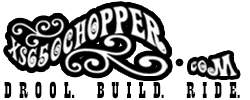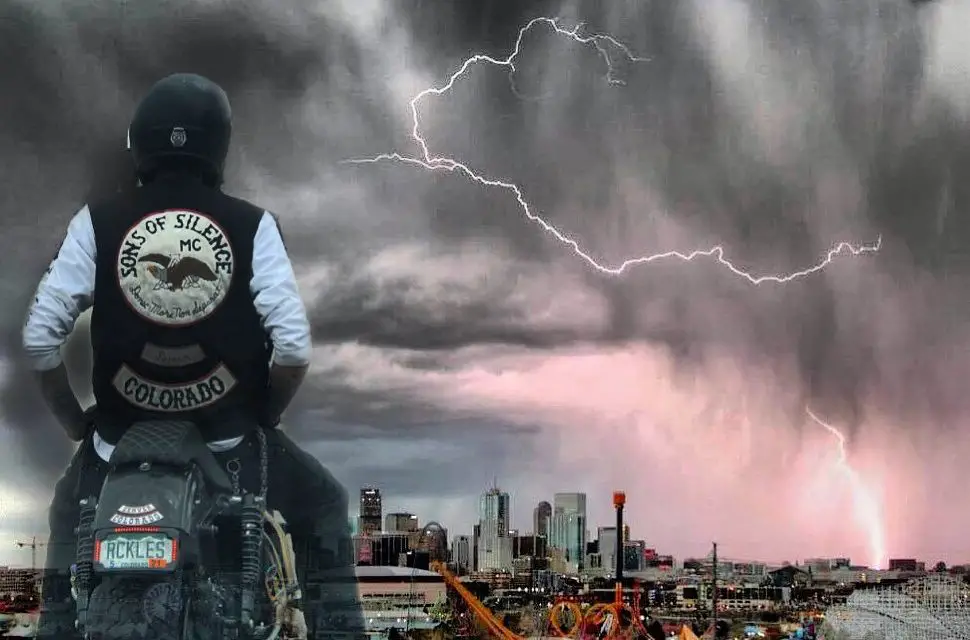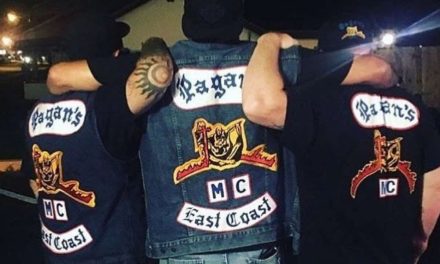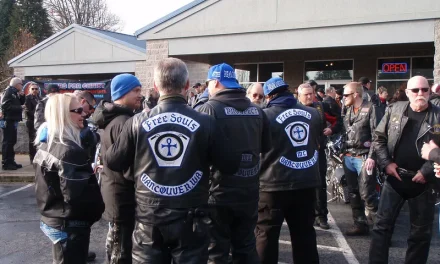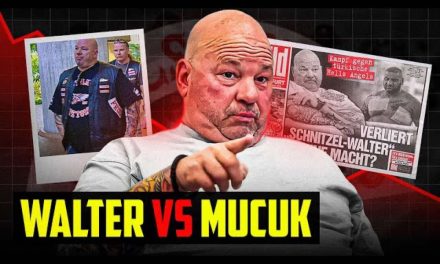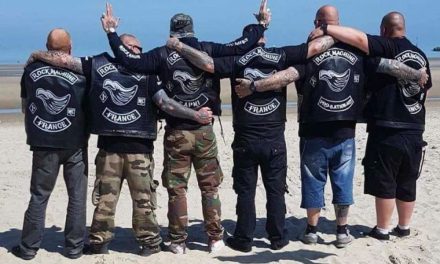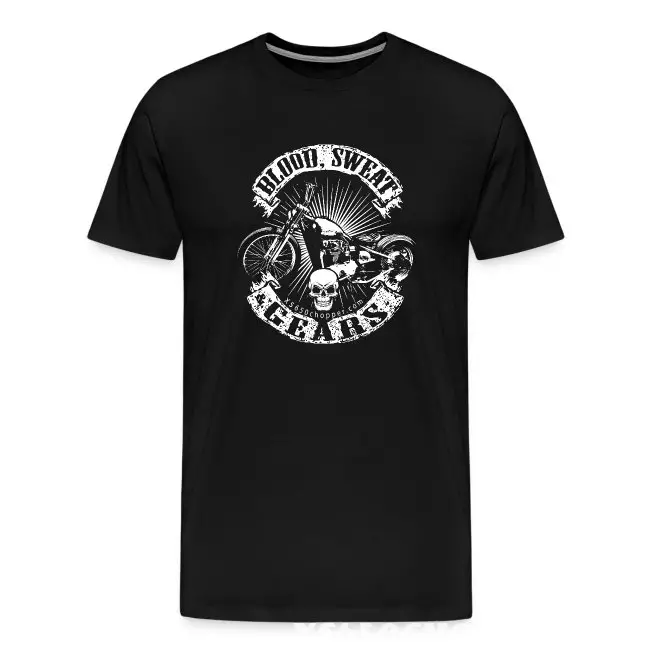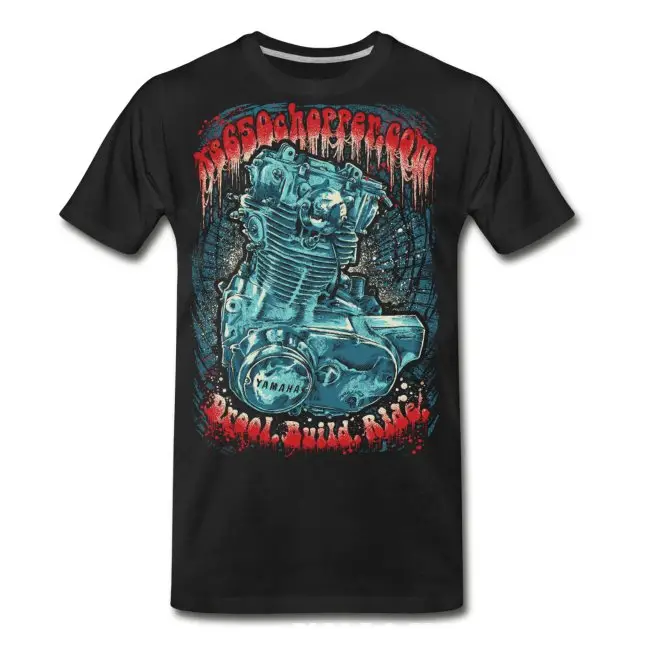Founded in Niwot, Colorado, in 1966, this group has a storied history that has both intrigued and caused concern. They’re known as one of the “1%er” clubs, a term from The American Motorcyclist Association that implies only 1% of bikers are outlaws, and they proudly wear this identity.
With over 35 chapters in 12 states across the United States and an expansion into Germany, the Sons of Silence have a significant presence.
Let’s gear up and cruise into the world of the Sons of Silence to uncover 5 things that makes them such a unique and enduring brotherhood.
1. Founding
Their story began back in 1966, a time of growing counterculture movements and the dawn of many rebellious groups. The birthplace of this club was in Niwot, Colorado, known now as the cradle of the SOSMC.
The club was started by Bruce “The Dude” Richardson, an ex-Navy man who served from July 1958 to February 1960.
Richardson’s experiences and character undoubtedly shaped the club’s early days and ethos.
The club’s beginnings were also marked by the involvement of Leonard Lloyd “JR” Reed, who later became an iconic figure within the SOSMC, serving as its President for over two decades.
The club’s essence was a combination of brotherhood, loyalty, and a passion for the road, all values that Reed embodied throughout his tenure.
Here’s a snapshot of the Sons of Silence Motorcycle Club’s Founding:
- Year Founded: 1966
- Place: Niwot, Colorado
- Founders: Bruce “The Dude” Richardson and Leonard Lloyd “JR” Reed
Little did Richardson and Reed know that their club would continue on to gain a significant presence, not just in the United States, but also overseas, representing them among the notable names in the world of motorcycle clubs.
2. Expansion
The Sons of Silence Motorcycle Club has grown significantly since its inception. They extend far beyond their Colorado roots.
Founded in 1966, the club has blossomed from a single entity into a substantial network.
With a growth strategy that is both deliberate and organic, the club now boasts over 250 members. They’re not just a national presence; they’ve crossed oceans and established chapters overseas.
Here’s a snapshot of their expansion:
- US Chapters: Over 30 across multiple states
- International Presence: 5 clubs in Germany
This growth reflects their rise as a prominent figure among outlaw motorcycle clubs, aligning them closer to larger organizations like Hells Angels and Bandidos.
Each chapter operates semi-autonomously yet adheres to the core values and rules set by the club.
Their demographic reveals a diverse membership. Some chapters embrace multi-racial membership, which is a stride towards diversity in the biker community.
In the United States, the club has a strong presence in the Midwest, Southwest, and Rocky Mountain States.
3. Insignia
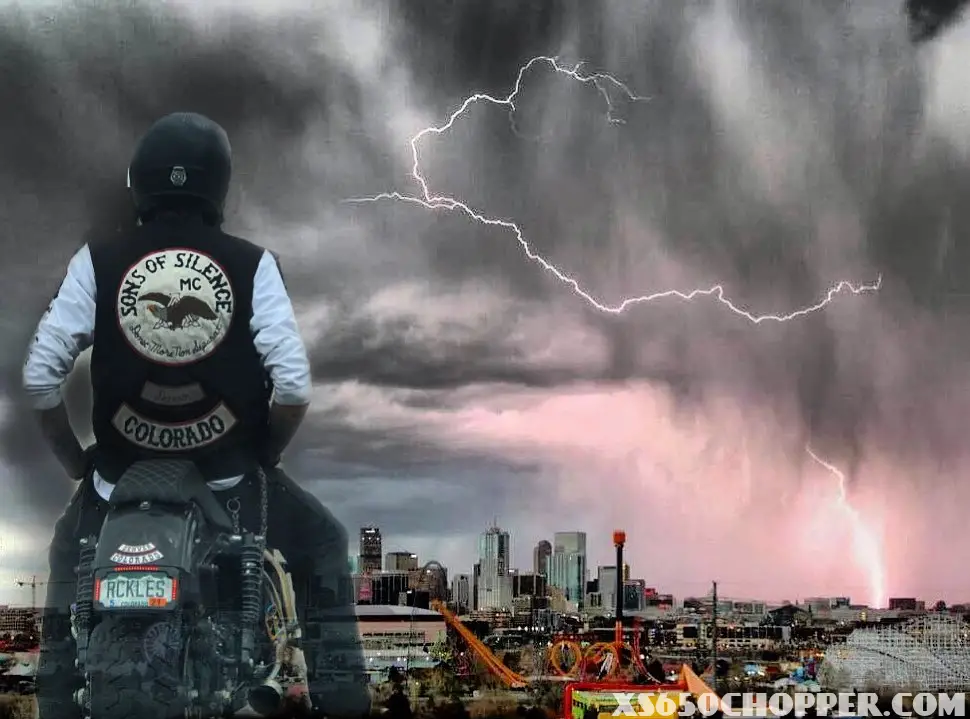
The centerpiece of their patch is an American eagle superimposed on the letter “A,” which stands for Anarchy. The eagle is a common symbol of freedom and power, which aligns with the club’s ideals.
Colors: Their chosen colors are black and white, a stark contrast that commands attention.
- Top Rocker: Displaying the name “Sons of Silence”.
- Bottom Rocker: Showing the chapter’s location.
- MC Patch: This indicates their status as a motorcycle club.
The insignia is worn proudly by members on their vests, also known as cuts, symbolizing their commitment and brotherhood. For members, these patches are more than fabric; they’re a badge of honor and loyalty.
4. Criminal Activities
The Sons of Silence have a notable presence in the criminal world. As you look into their activities, you’ll find that they are closely monitored by law enforcement agencies.
In the realm of legal matters, high-ranking members have faced sentencing for participation in these crimes.
For example, a high-ranking member of the Sons of Silence was sentenced to a significant prison term for drug and weapons offenses.
5. Notable Leadership
- Bruce “The Dude” Richardson: As the founding father of the Sons of Silence, Bruce established the club in Niwot, Colorado, in 1966. His vision set the stage for the club’s direction and growth.
- Leonard Lloyd “JR” Reed: Rising to prominence in the late 1970s, JR Reed took on the mantle as the club’s President, marked by a tenure that lasted over two decades. His leadership is noted for its longevity and impact on the club’s culture.
Representation over the years:
| Period | Name | Role |
|---|---|---|
| 1960s | Bruce “The Dude” Richardson | Founder |
| Late 1970s – Early 2000s | Leonard Lloyd “JR” Reed | President |
